Clay Non-Wovens
A Project by Jenny Sabin Lab
Cornell University
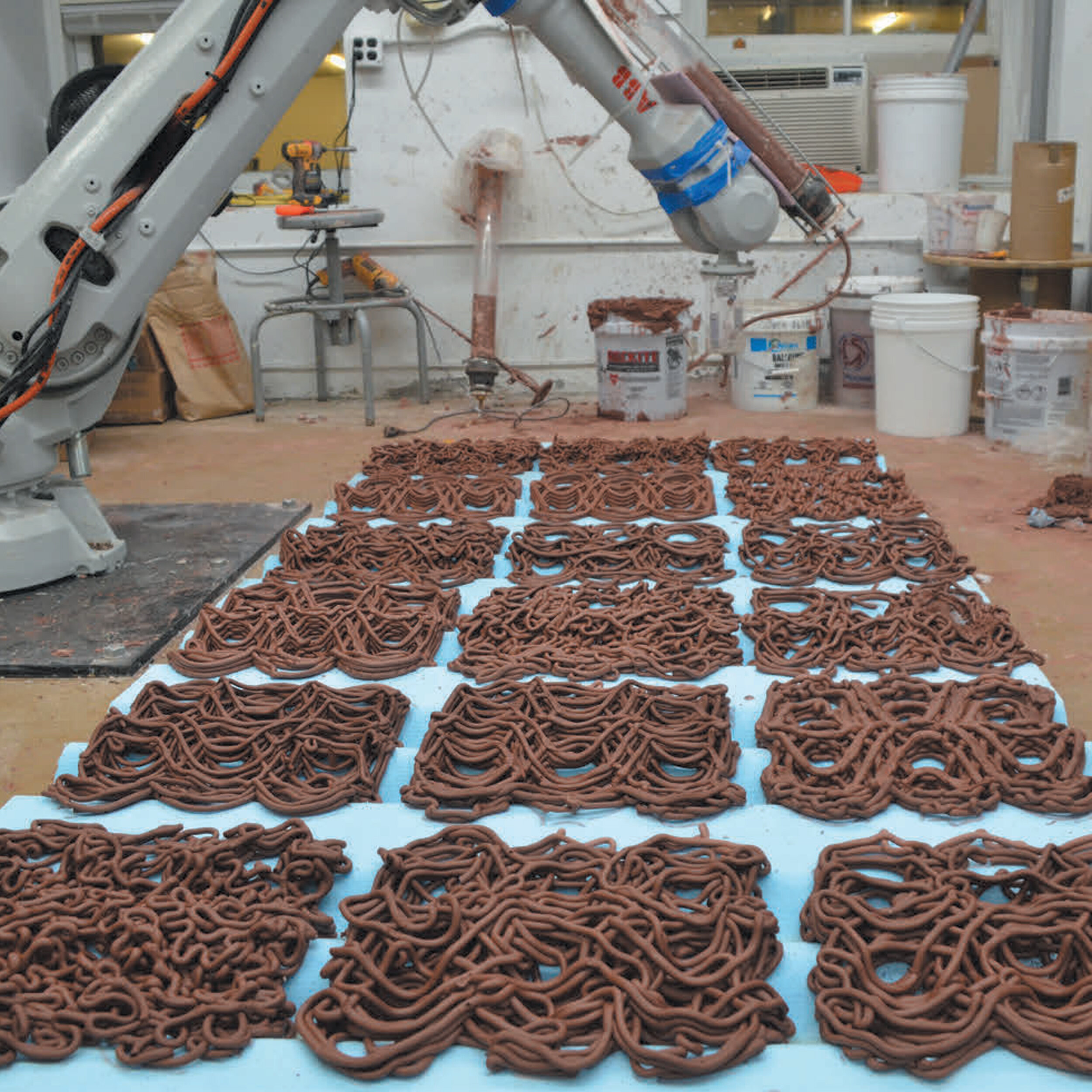

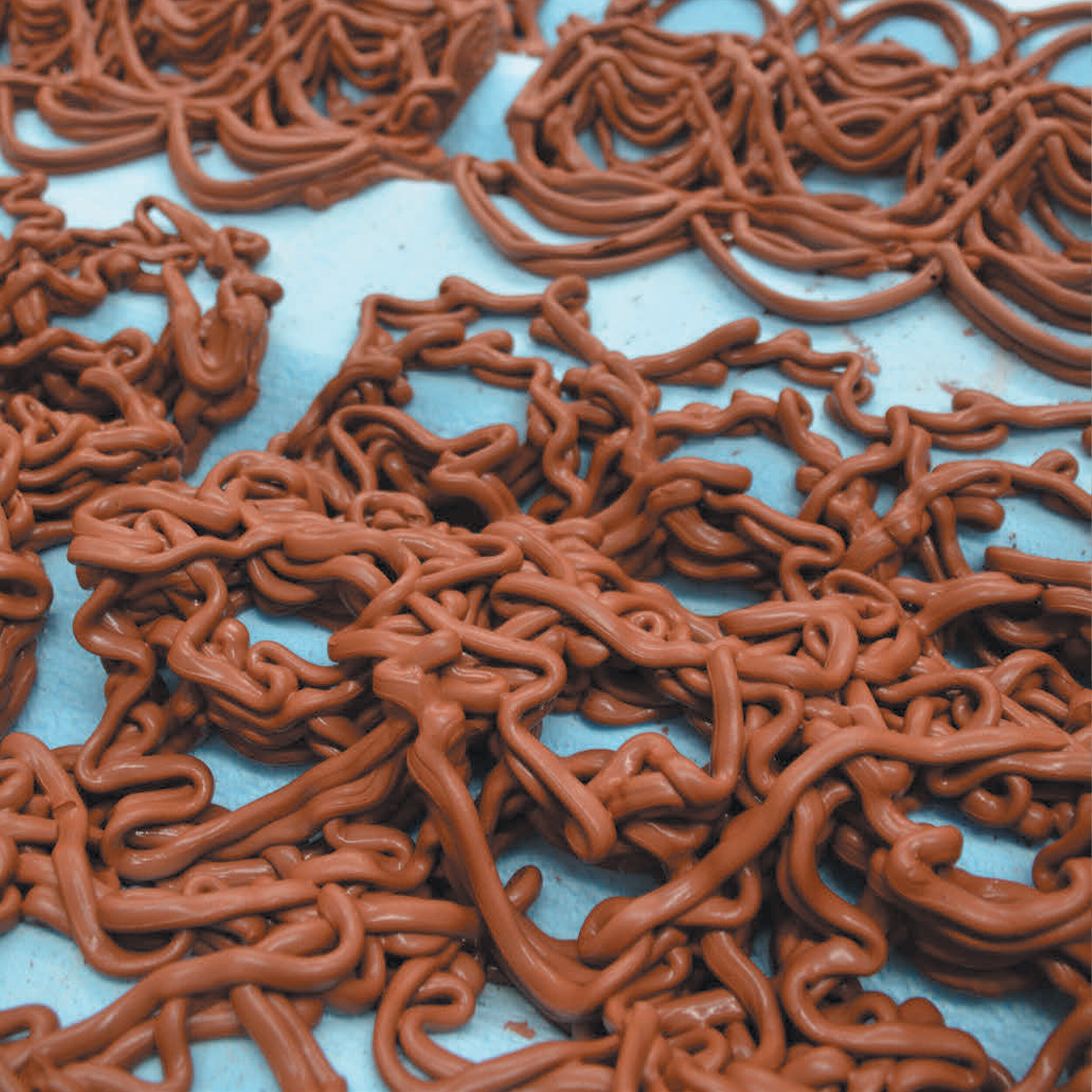
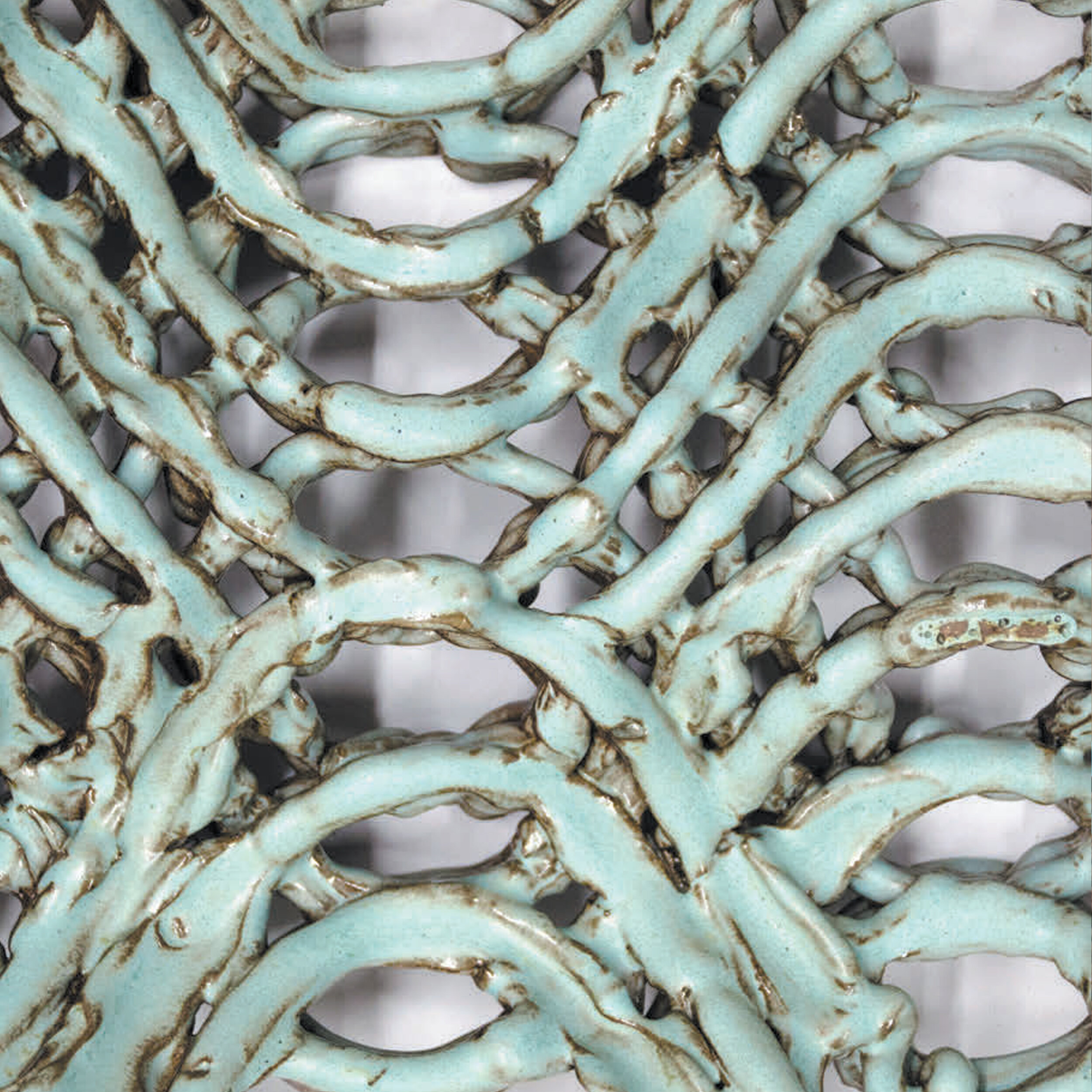

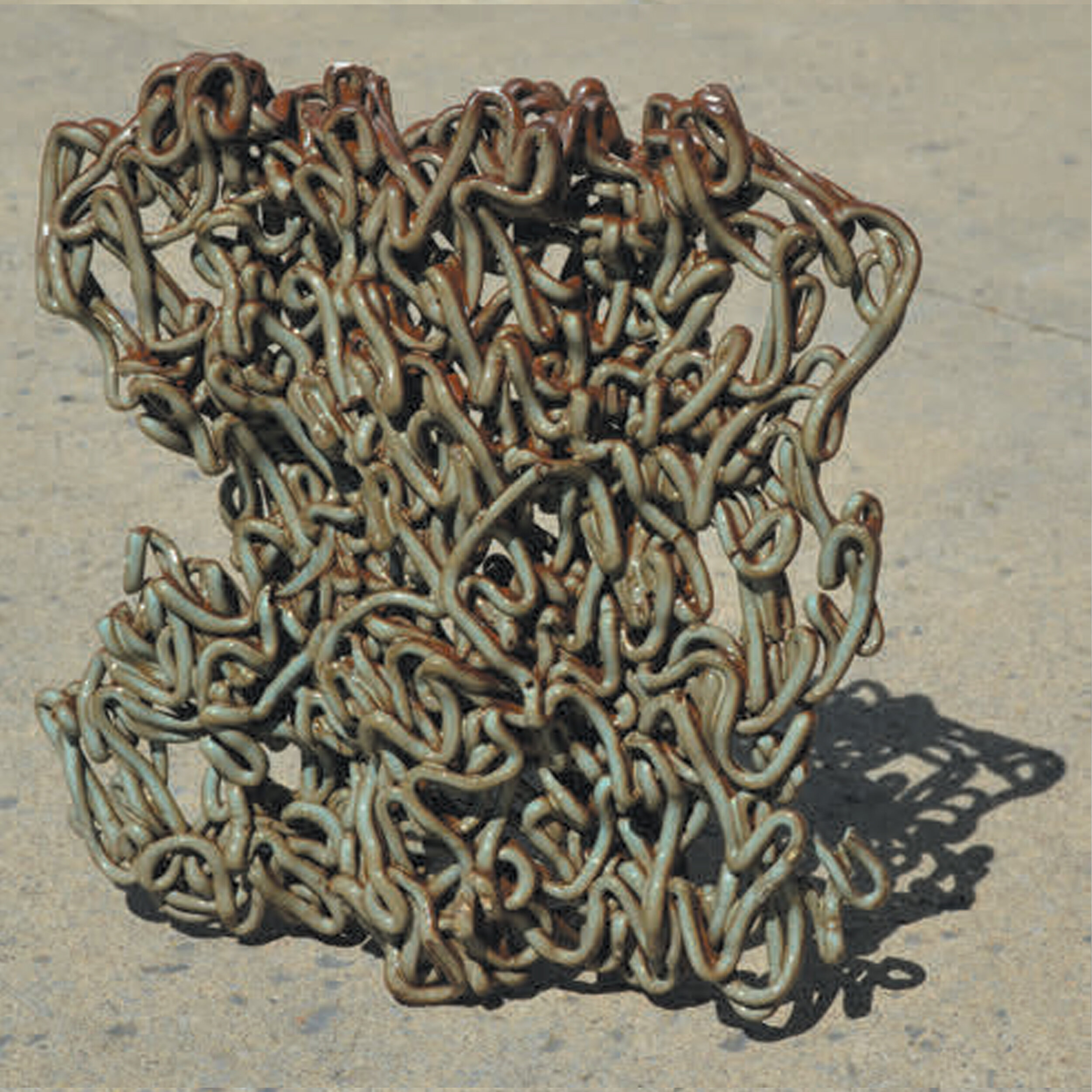

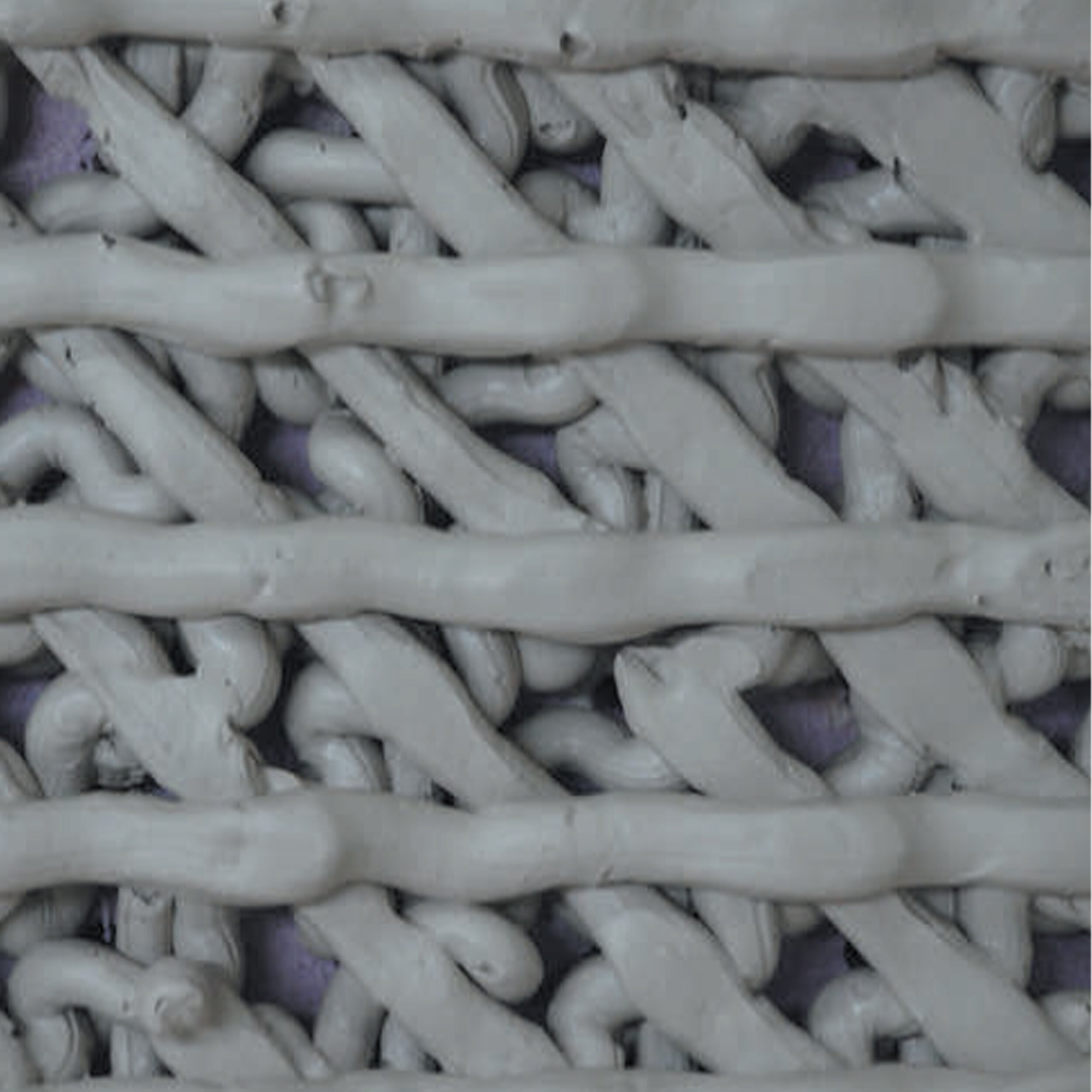
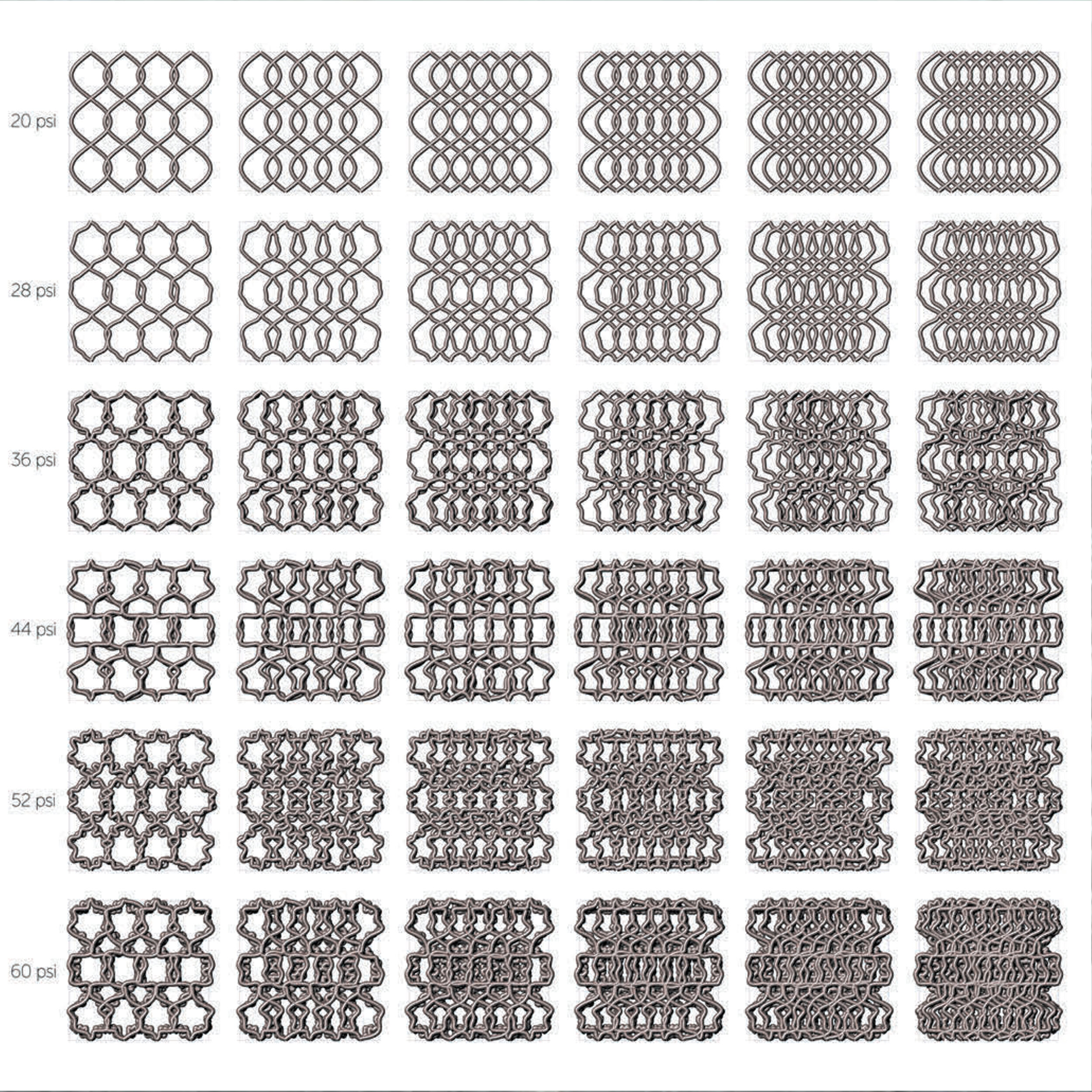
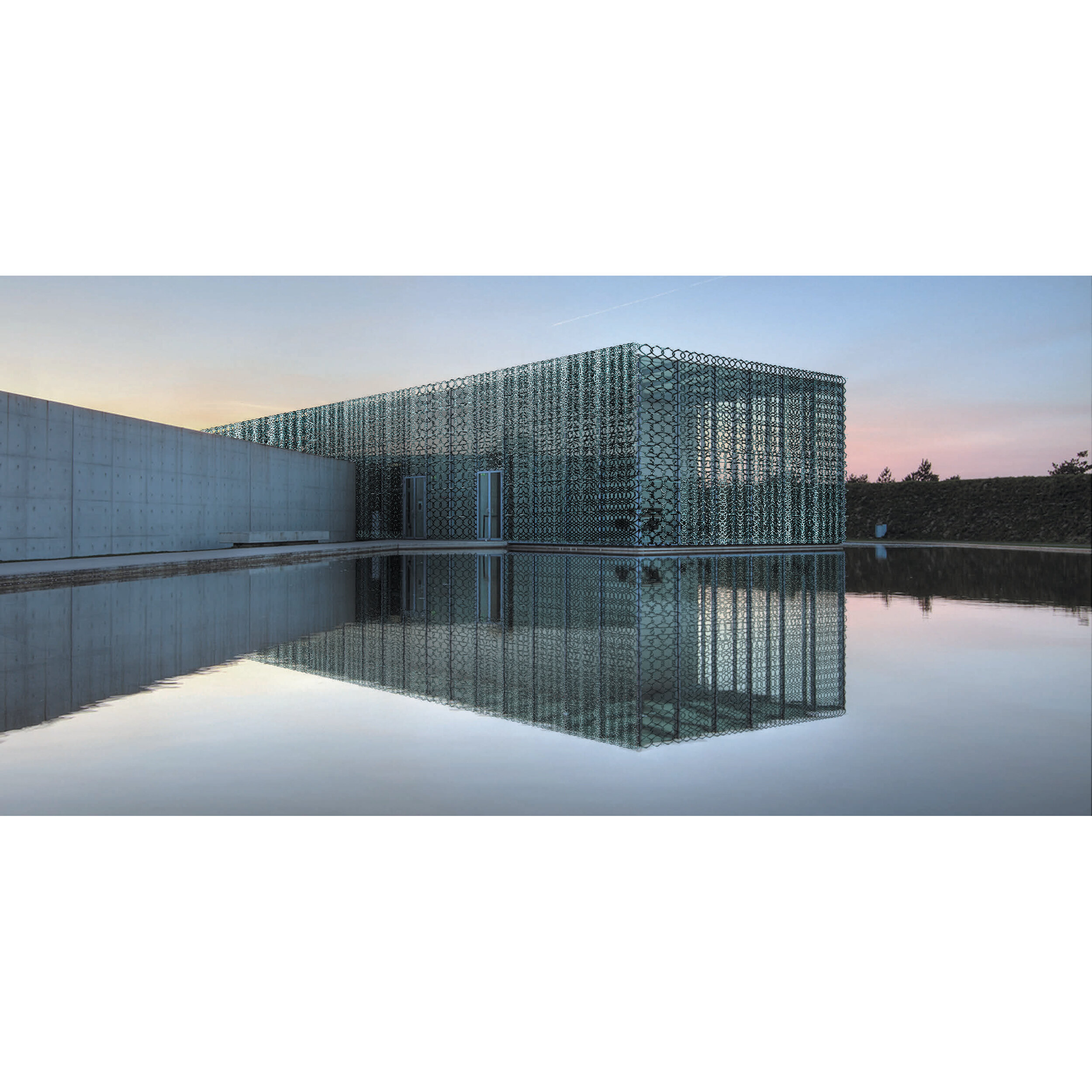
Abstract
Clay Non-Wovens develops a new approach for robotic fabrication, applying traditional craft methods and materials to a fundamentally technical and precise fabrication methodology. This paper includes new explorations in robotic fabrication, additive manufacturing, complex patterning, and techniques bound in the arts and crafts. Clay Non-Wovens seeks to develop a system of porous cladding panels that negotiate circumstances of natural daylighting through parameters dealing with textile (woven and non-woven) patterning and line typologies. While additive manufacturing has been built predominantly on the basis of extrusion, technological developments in the field of 3D printing seldom acknowledge the bead or line of such extrusions as more than a nuisance. Blurring of recognizable layers is often seen as progress, but it does away with visible traces of a fabrication process. Historically, however, construction methods in architecture and the building industry have celebrated traces of making ranging from stone cutting to log construction. With growing interest in digital craft within the fields of architecture and design, we seek to reconcile our relationship with the extruded bead and reinterpret it as a fiber and three-dimensional drawing tool. The traditional clay coil is to be reconsidered as a structural fiber rather than a tool for solid construction. Building upon this body of robotically fabricated clay structures required the development of three distinct but connected techniques: 1. construction of a simple end effector for extrusion; 2. development of a clay body and; 3. using computational design tools to develop formwork and toolpath geometries.
